
6 Areas of Teaching Literacy Skills with LessonPix
Learning to read and write is critical for independence and success in life. In fact, our modern society expects a higher standard of literacy than ever. What once could be completed in person or on the phone, now relys on reading and writing through text, websites, e-mail, and printed documents.
Children begin steps to literacy very early, such as through tones, rhymes, songs, pat-a-cake and scribbles. Young children quickly recognize labels on their favorite food, signs and logos, and even their own name. But the abilty to read and write does not develop naturally; it requires careful planning and instruction, and above all - reading and writing together. Every child progresses in literacy at their own rate, and no one teaching method works for everyone. Students are more likely to become good readers and writers when they repeatedly see the many ways that reading and writing matter - for enjoyment, information, and communication.
LessonPix provides both ready-made materials and tools to create custom learning materials to support every child in their literacy needs and interests. Here are a few ways Lessonpix can help young readers and writers. Each of the samples links to a ready-to-print activity or may inspire you to customize your own.
1. Phonemic Awareness, Alphabet Knowledge, and Concepts of Print
It all begins with the baby listening to its mother's voice, cooing and babbling, and clapping along to the beat of their favorite rhyme. Children begin to play with words, syllables, and phonemes. Explicit instruction in sound identification, matching, segmentation, and blending, and linked appropriately to sound-symbol association, provides early reading and spelling skills.
Letters
Sounds
Concepts of Print
Here are additional article related to this topic:
- Building Alphabet Knowledge with ABC Books
- Alphabet Activities
- Phonological Awareness Fun
- Letters and Letter Sounds
- SoundFinder Tool
- Listening for Initial and Final Sounds
- Finding Words By Syllables
2. The Alphabetic Code: Phonics and Decoding
In addition to phoneme awareness and letter knowledge, children need an understanding the relationship between the sounds and letters. This results in the abilty to decode as they read and encode as they write. Activities to support phonics includes using magnetic letters, adding or removing letters from a word to make new words, or writing lists using inventive spelling.
Here are additional article related to this topic:
- Word Families
- The Write Stuff: Writing and Spelling with LessonPix
- Reading Writing and Spelling with Animals
- My Order Train - Beginning Middle and End
3. Fluency
Beginning readers must apply their decoding skills to fluent, automatic reading of text. Fluency is critical for a student's motivation to read. Children who are reading with adequate fluency are more likely to comprehend what they are reading. Teachers model fluent reading during read-alouds, especially as they pause for punctuation and show expressions in their tone.
Here are additional article related to this topic:
4. Vocabulary
High quality literacy instruction must also include instruction and practice of vocabulary. Knowledge of word meanings is critical to reading comprehension. Most vocabulary words for school-age children are acquired by reading them in books or hearing them read aloud from books.
Here are additional article related to this topic:
5. Comprehension
The purpose of learning to read is to comprehend. Comprehension depends, firstly, on a large, working vocabulary and substantial background knowledge. It is enhanced when teachers make sure students understand what they are reading by asking questions and encouraging questions and discussions.
Students show they comprehend text when they show an understanding of the main characters and their motivation for choices, role play stories with props or puppets, and apply information from content within their writing.
Here are additional article related to this topic:
- In A Story Articles of various picture books
- Storytime Picture Cards
- Bookmarks
- Literacy - Teaching about Characters
- Using Reflective and Tell Me Questions as Part of Shared Reading Instruction
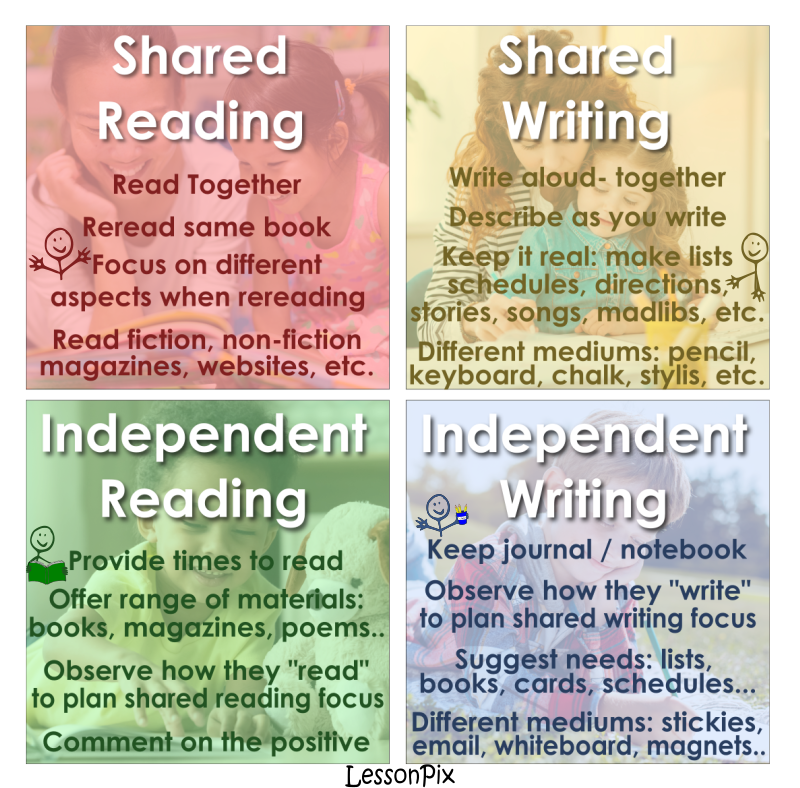
6. Engagement
Learning to read is hard work! Engagement is the abilty to mainatin attention and effort. Early learners need to focus and show persistence to learn to read fluently and with comprehension. How students feel about themselves can play a large role in literacy acquisition. Teachers and families can help young readers by treating reading as fun and modeling their own reading. They can also work on skills such as reviewing letter sounds or sight words, practicing reading or retelling, and embedding rich vocabulary- all within the context of fun and games.
Here are additional article related to this topic:
Reading and writing instruction shuold be taught explicitly, with materials and language appropriate for students' ages, vocabulary, attention, and needs. Most of all - young readers should know that reading is both important and enjoyable. So - have fun reading and learning together!

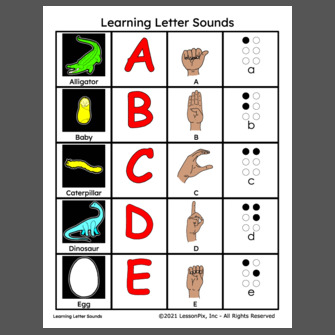
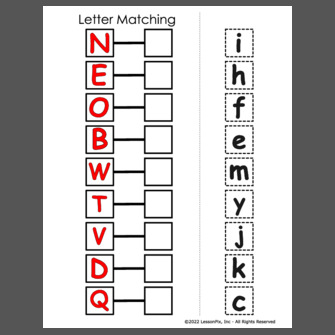
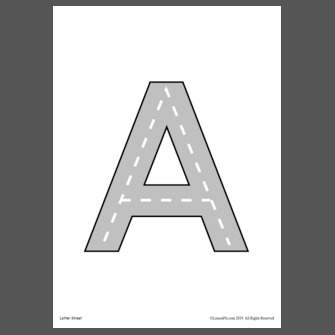
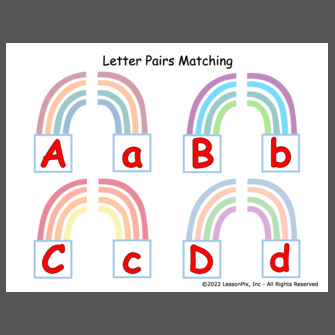
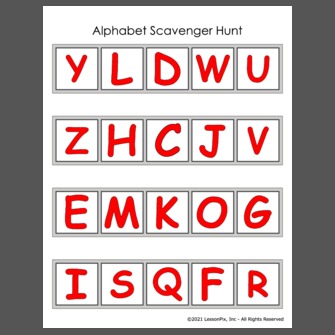
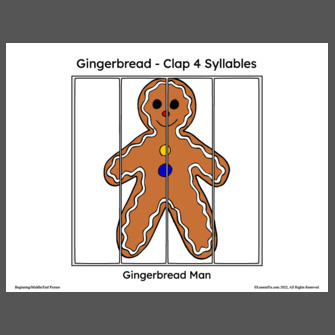

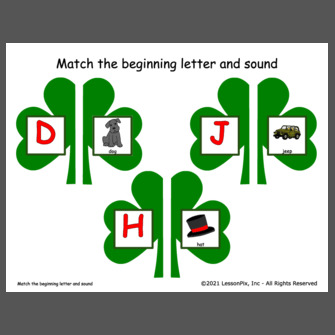
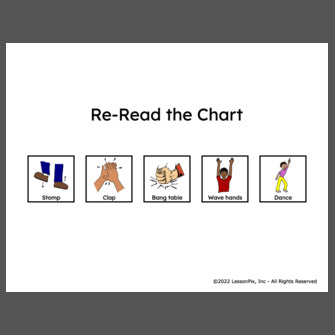
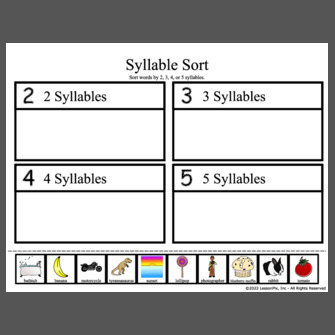
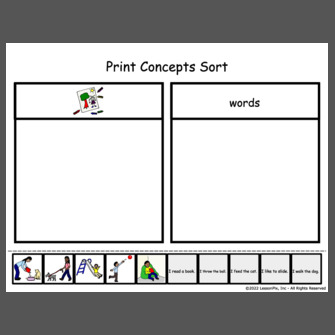
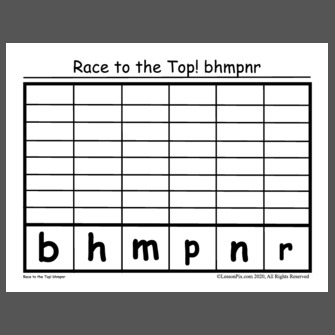
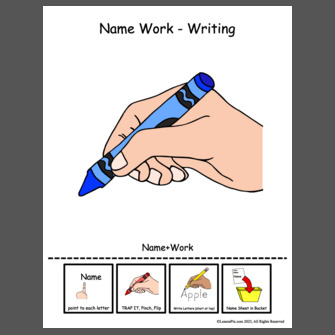
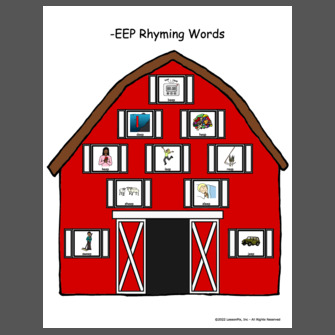
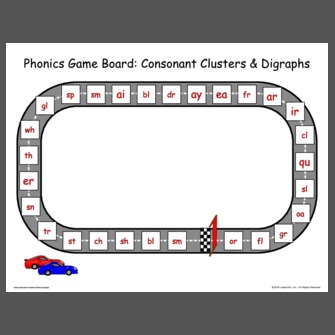
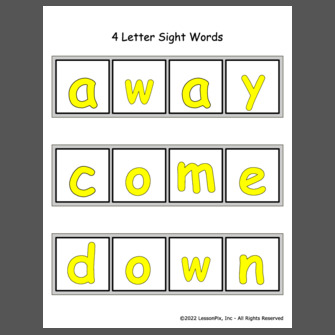
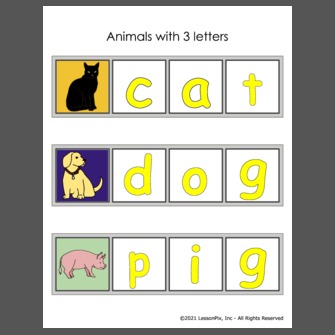

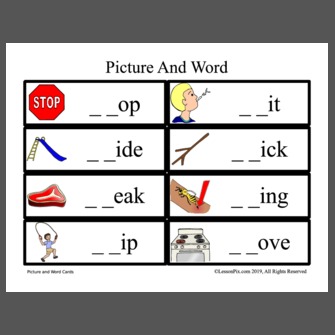

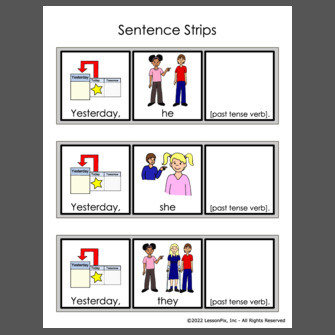
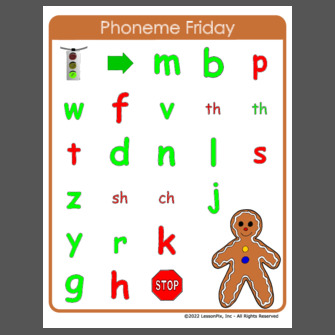
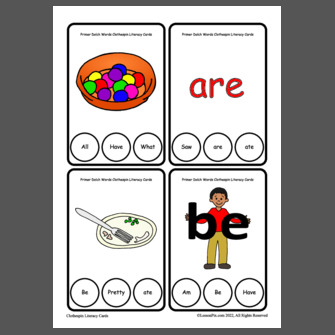
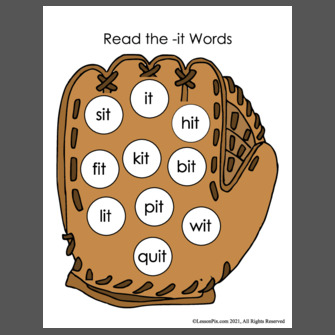
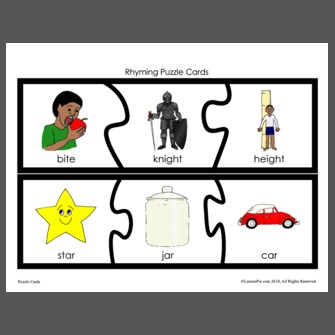
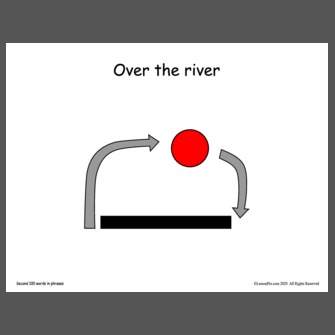

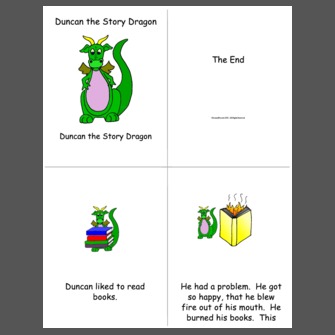
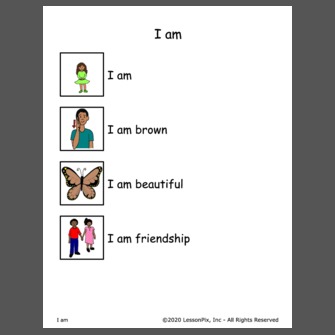
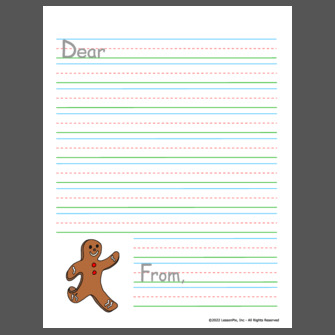
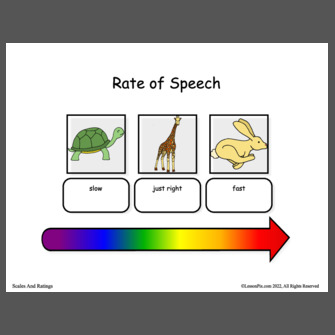
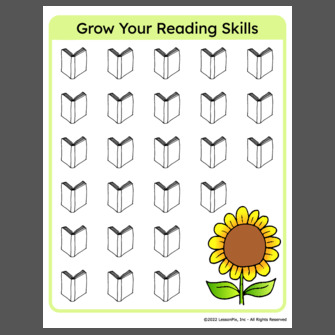
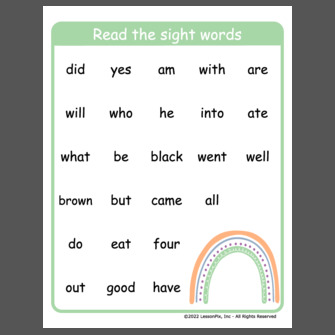

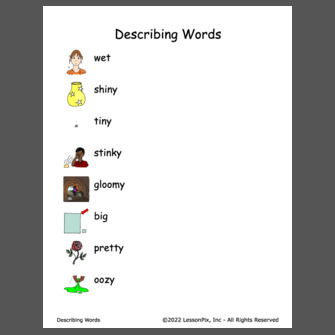
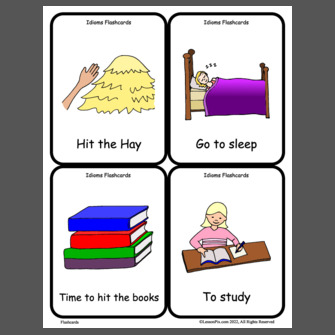
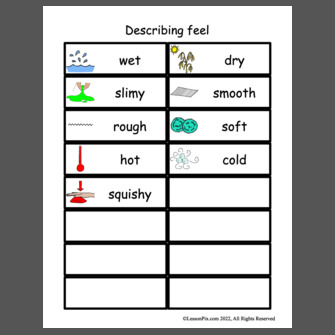
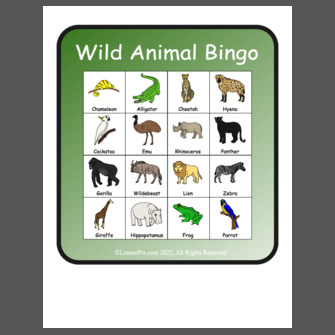
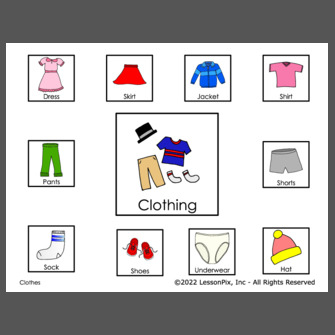
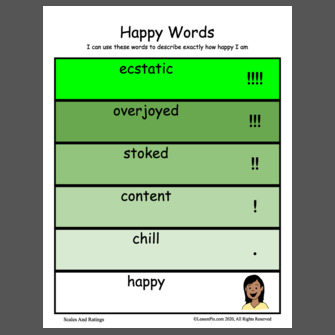
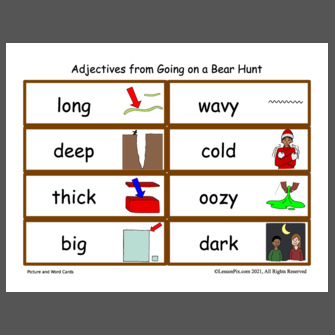
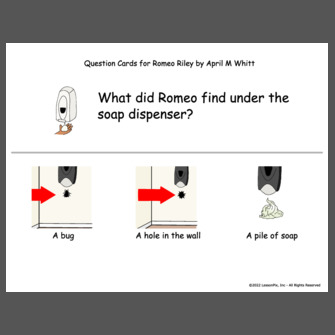
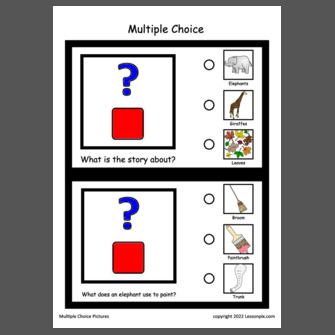
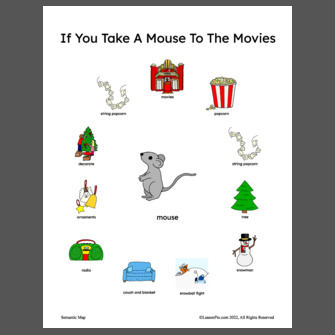
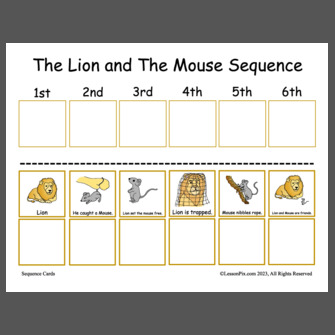
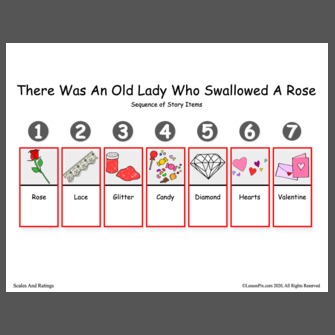

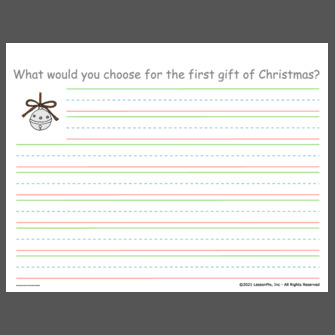
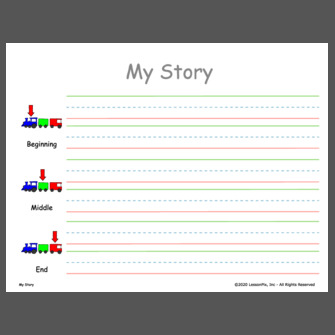
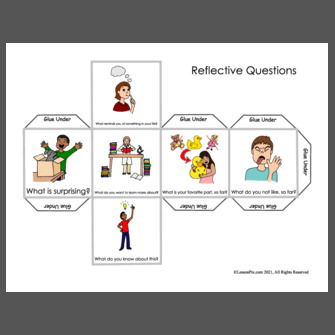

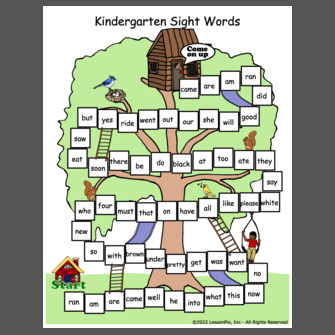
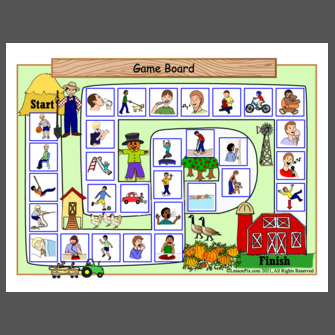
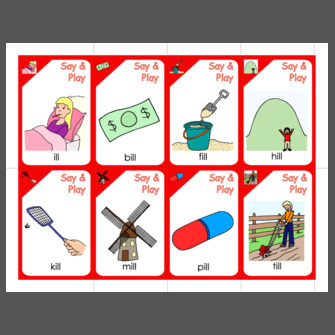
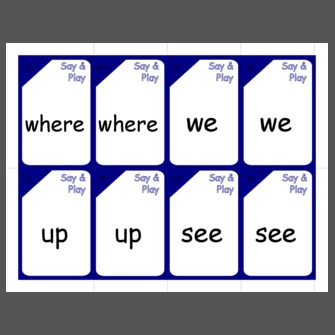
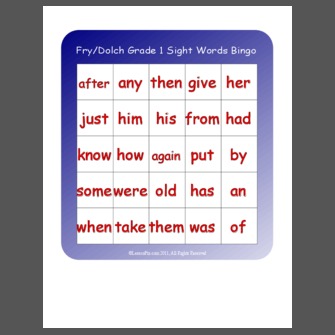
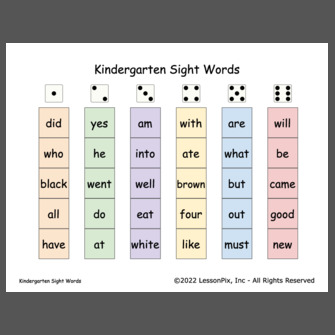
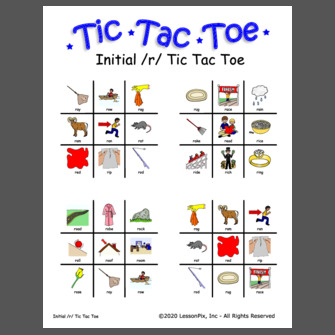
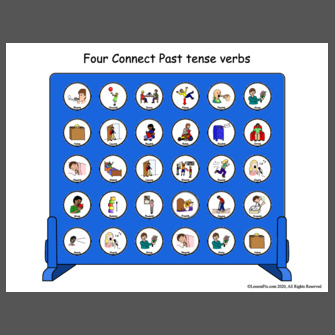
 Facebook
Facebook Twitter
Twitter Pinterest
Pinterest